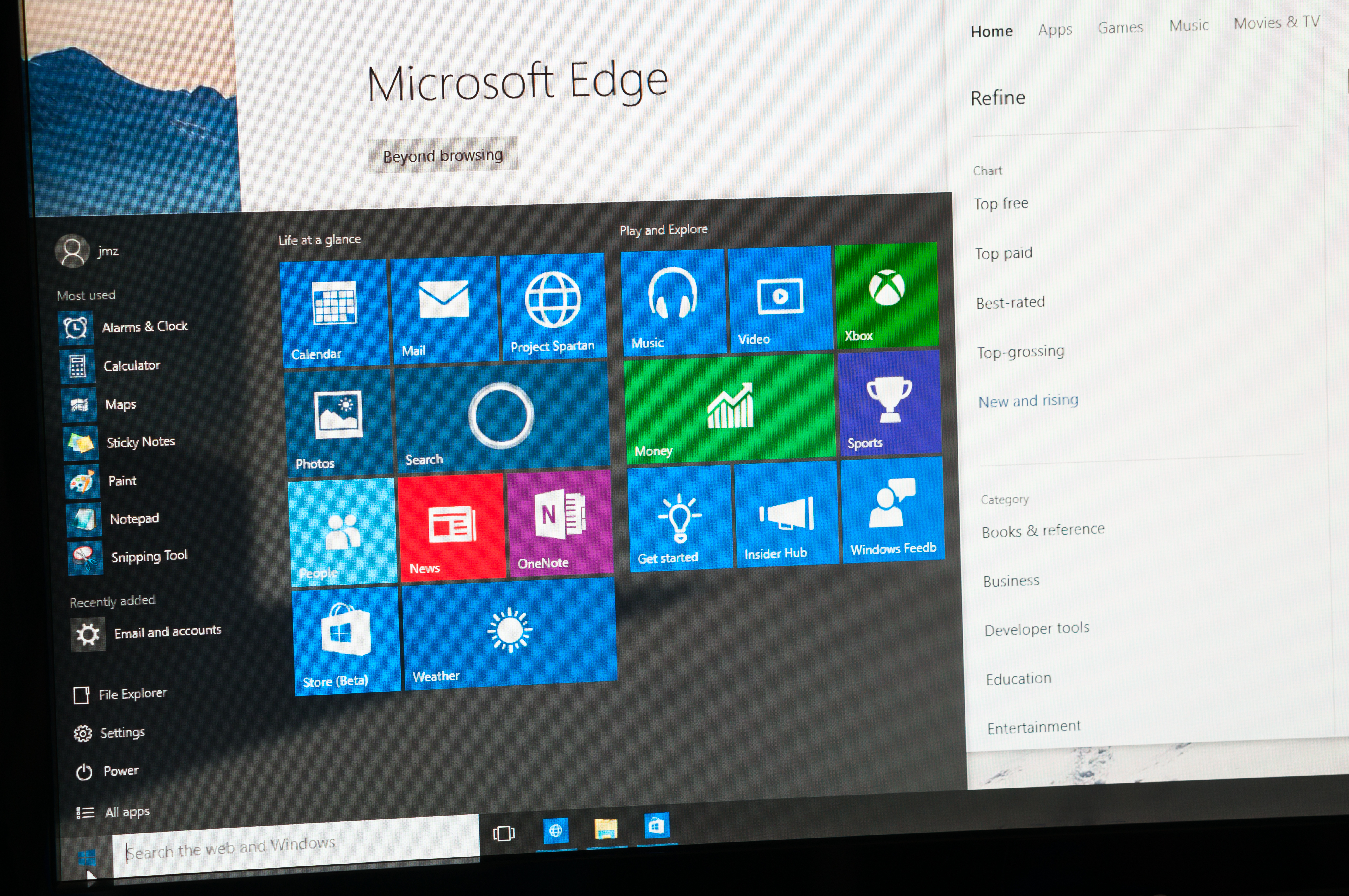Microsoft's Latest Windows Update Still Has a Broken Start Menu, Edge Browser
Here we go again

Did you know the American Humane Association monitors over 1,000 productions each year to protect animals in movies, television shows, and other videos? They have a bunch of requirements companies have to meet to show the "No Animals Were Harmed" badge in their end credits. Thank goodness there isn't a similar association devoted to stopping bloggers from beating dead horses, though, because Microsoft once again broke Windows 10 with a cumulative update.
The company released the KB4517389 cumulative update to Windows 10 on October 8. It didn't take long for people to start reporting problems: Windows Latest noticed complaints about the update breaking the Start menu on October 12, and by October 13, it had discovered that the update also made the Edge browser unusable. (Which isn't exactly new where Edge is concerned, but we mean it literally here.) Some users have also had problems with installing the update in the first place.
None of this comes as a surprise. The last several cumulative updates have borked Windows 10 in various ways: KB4515384 broke Windows Desktop Search, KB4517211 prevented some people from being able to print, and KB4524147 broke the Start menu. Those are just some of the most recent examples; we've had to write similar reports throughout most of 2019. Not all cumulative updates have serious issues, but enough of them have to make us skeptical of any new release.
That might help explain why Microsoft pushed the next major update to the now-appropriately-titled Windows 10 November 2019 Update. The company said earlier this month that it was planning to release this major update on October 8. Instead, it released KB4517389. It honestly feels like the update was supposed to be a consolation prize, but instead it raised even more questions about how people are supposed to trust Windows 10 updates not to have severe problems at launch.
We know that many people have probably installed the KB4517389 without a single problem, making these issues the exception, not the rule. But that doesn't change the fact that Microsoft has steadily eroded any faith Windows 10 users might have had in updates that fix bugs, include vital security updates and are otherwise supposed to improve their experience. We'll stop beating these dead horses when Microsoft stops delivering them to the 900 million systems running Windows 10.
Get Tom's Hardware's best news and in-depth reviews, straight to your inbox.

Nathaniel Mott is a freelance news and features writer for Tom's Hardware US, covering breaking news, security, and the silliest aspects of the tech industry.